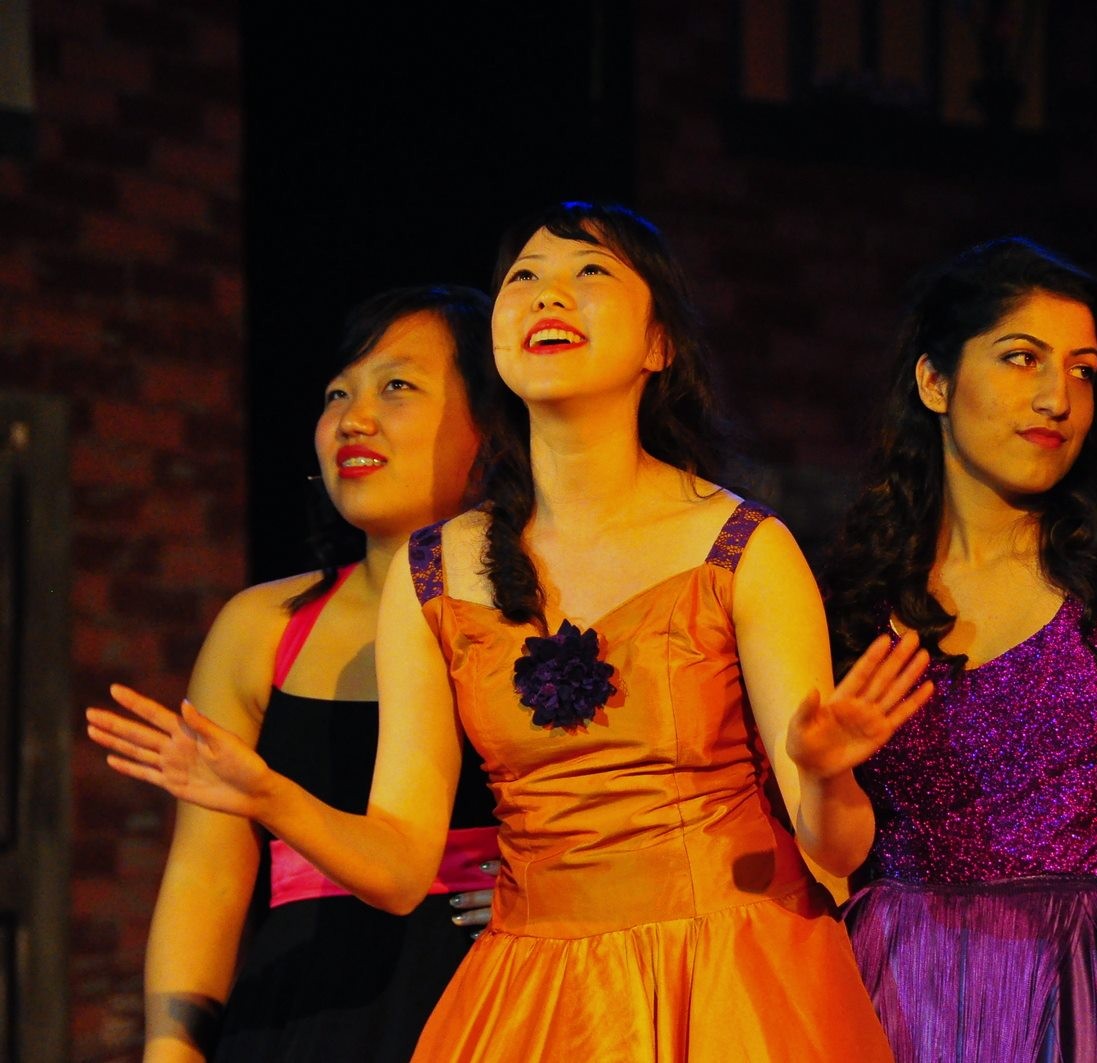I’ve written before about the power of vacation stories, about the value of taking some time on the back end of vacation to process the experience of being away from class. A great type of vacation scene to use this time of year in some classes is the family dinner.
You can set this up by talking about the pros and cons of eating with your family, of having everyone together. Even brainstorm things that typically happen.
MAKING THIS YOURS
You know your students. If you live in a situation where there is a great deal of food instability and family discord, maybe best to modify this. Let students do frozen tableaus of family dinners as they are, and then have people step in to create them as they should be. Bring some social justice to the table.
THE FULL VERSION
You need index cards, each with a family type written on it, and some students. Groups of 4 to 6 work best.
Give groups a choice of two cards, ideally. As with small children, students having the choice of two options allows them to “own” the scene a lot more.
Some possible family types:
- The Overachievers
- The Athletes
- The Social Media Enthusiasts
- The Hippies
- The Introverts
- The Artists
- The Perfectionists
- The Competitors
- The Health Nuts
- The Carnivores
- The Rich Wierdos
- The Penny Pinchers
- The Ungrateful
You know your community, so add to this list or subtract to it. What you want to avoid is anything which places a family particularly within a culture ( to avoid students doing bizarre stereotype homages) or begs politics, which end up showing up anyway.
Then tell them one thing. 4 minutes or less, any combination of family members, the family has to eat something during the scene.
Advanced Modification: Give the family a secret.
Give them about 10 or 15 minutes to work on these scenes, set up a table, and let them roll.
DEBRIEF
Praise specific character choices, attempts at relationship based plot or conflict, good food miming. Ask them what they noticed.
These scenes tend to set off a great deal of laughter, a lot of camaraderie, and are just in general a great affirmation of the theatre family in your classroom. Enjoy.


